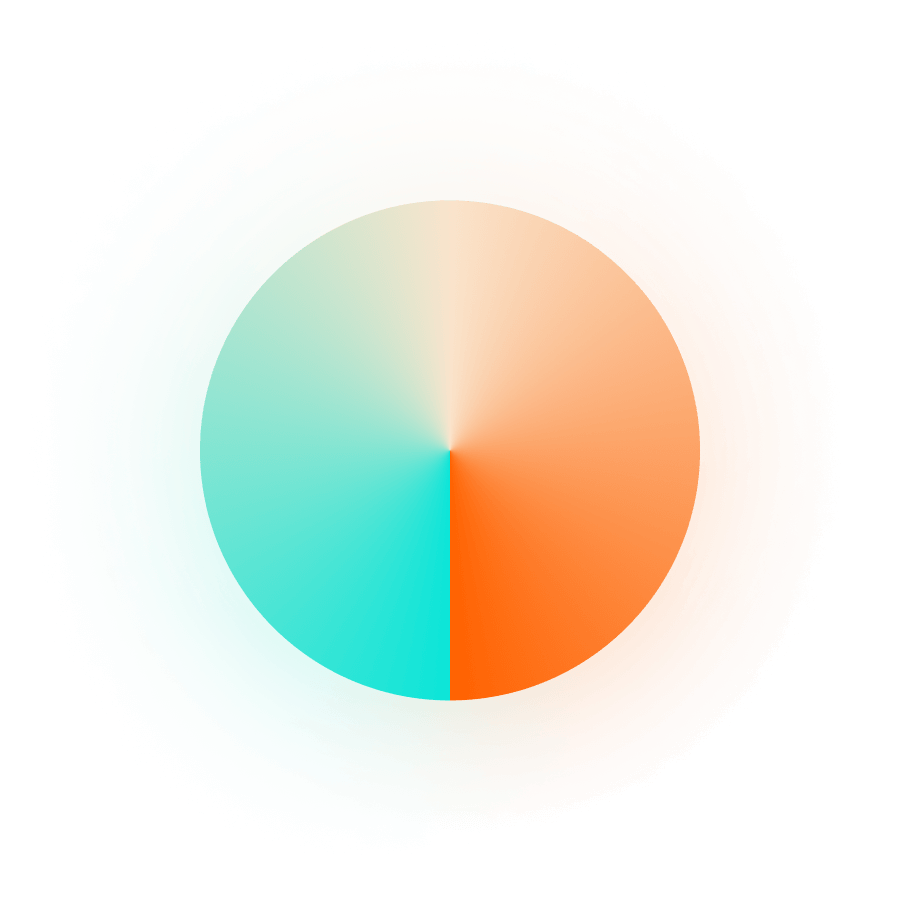In today’s digital world, your website is more than just a marketing tool. It is your storefront, your first impression, and your most persuasive brand asset. Businesses that embrace emerging design trends stay ahead in engagement and conversions.
In 2025, the focus is on intuitive interaction, accessibility, and personalization. Let’s explore the design trends that are setting new benchmarks across industries.
1. AI-powered personalization
Websites now use machine learning to adapt layouts, recommendations, and experiences based on user behavior. Personalization is no longer just about product suggestions. It affects everything from CTA copy to content visibility.
2. Immersive 3D and scroll-based visuals
Designers are using tools like WebGL and Three.js to add depth and realism to websites. Interactive product showcases and 3D storytelling are being widely adopted by ecommerce and tech brands.
3. Dark mode and theme toggling
Dark mode improves readability and reduces eye strain. It has become a standard, especially for portfolio, SaaS, and creative websites. Visitors now expect a toggle for both light and dark themes.
4. Accessibility-first design
Accessibility is a design standard, not an option. Modern websites prioritize semantic HTML, alt tags, proper contrast ratios, and keyboard navigation to be inclusive for all users.
5. Clean typography and whitespace
Clear messaging through bold typography and generous spacing helps visitors navigate and understand content faster. This trend continues to dominate landing pages and editorial design.
Conclusion
These trends reflect a shift toward human-first experiences. If your site still feels outdated or static, this is the perfect time to upgrade your design with intent and intelligence.
